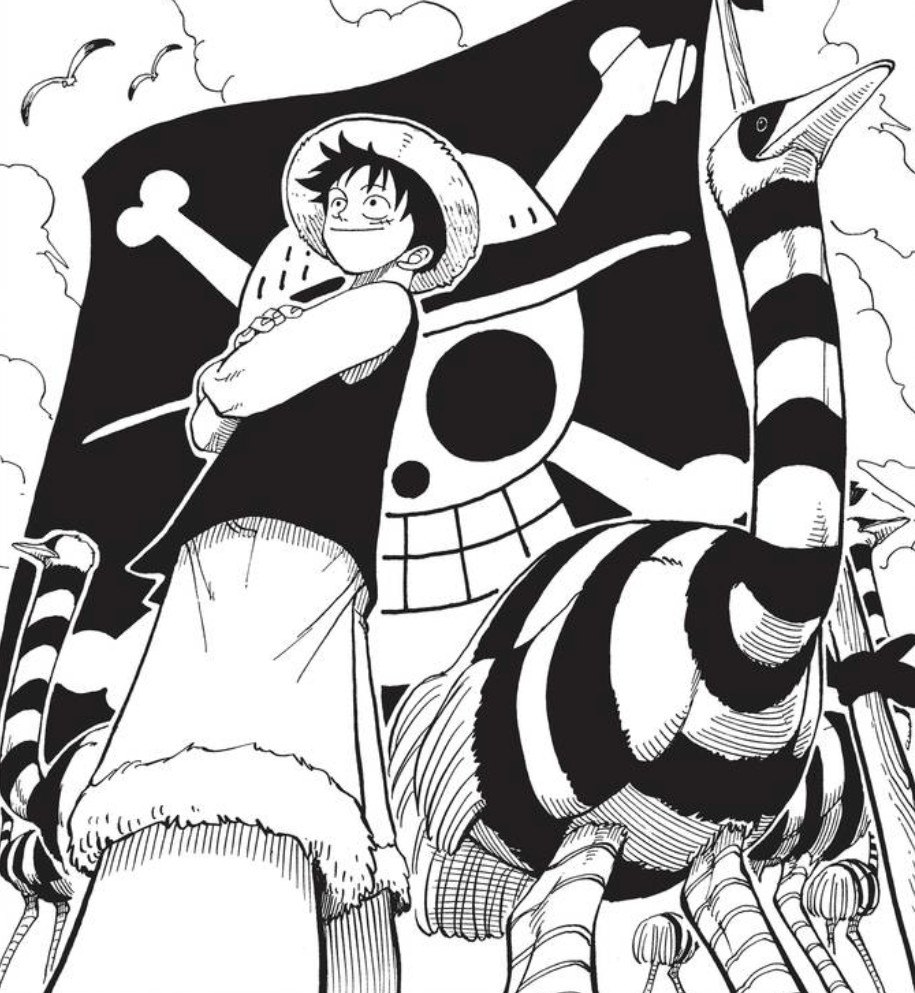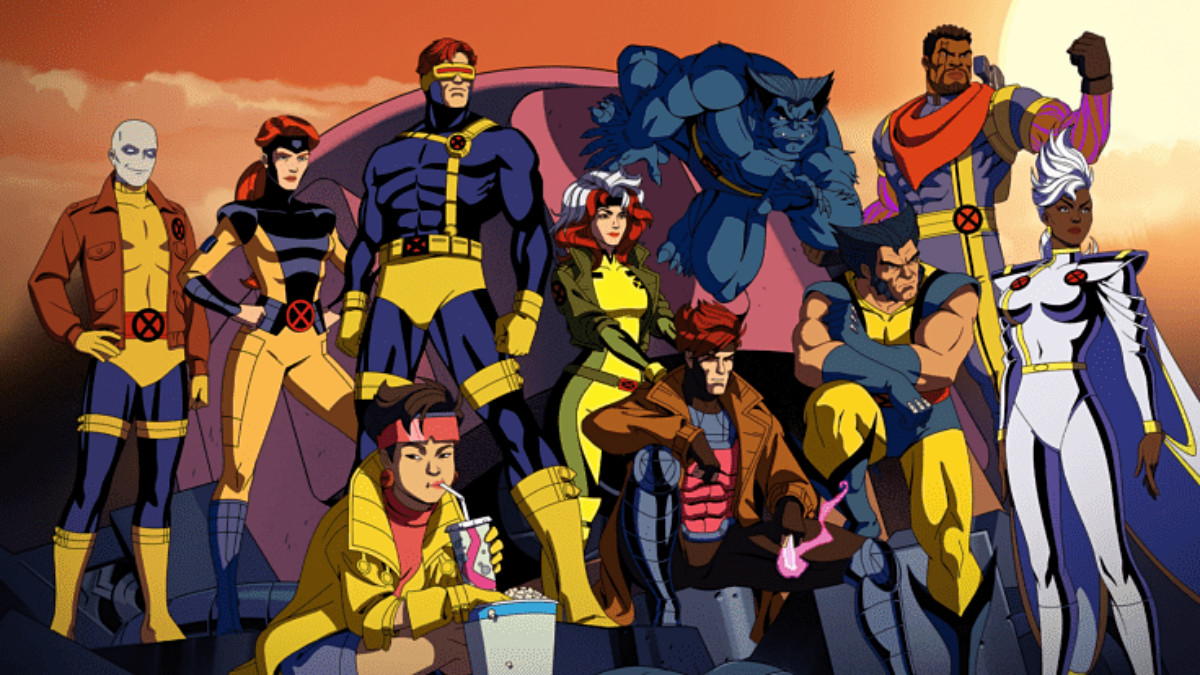You might be familiar with the small collection of books about video games that appear in every Barnes & Noble. Blood, Sweat, and Pixels. Masters of Doom. Console Wars. The endless pile of novels set in the Halo universe. And if you’re at a particularly cool bookstore, they might even have Rise of the Videogame Zinesters.
These books have become Gamer Canon for good reason, but every year we get a new crop of great game books that, for whatever reason, don’t get the attention they deserve.
So this year, with the holidays approaching, we want to spotlight the best new video game books of 2023. The collection spans from academia to arcades, including short but powerful calls for industry change and long and relaxed tours of forgotten retro gems.
Have you read something new that’s not on the list, but should be? Let us know in the comments!
A Handheld History
:no_upscale()/cdn.vox-cdn.com/uploads/chorus_asset/file/25047803/AHH_Render_09.png)
Lost in Cult produces some of the most beautiful designs in the video game book space. The art avoids the retro cliches, the text is clean and readable, and the games get a presentation that’s pristine but never sterile. Cracking the spine of a Lost in Cult book is like visiting a new modern art museum that hasn’t given way to curatorial stuffiness and decades of established policy.
A Handheld History, in my humble opinion, is its most immediately appealing work. I mean, just look at that layout for Sonic the Hedgehog: Triple Trouble, a game I’m not so certain warrants this much TLC. That’s the trick of Lost in Cult, though. It treats every game with the affection and interest otherwise reserved for the most die-hard fans.
The Stuff Games Are Made Of
:no_upscale()/cdn.vox-cdn.com/uploads/chorus_asset/file/25050188/81uZ_EyaO_L._SL1500_.jpg)
You can understand a lot about the work of Pippin Barr by reading the description of his latest project: “Super Mario Nothing is kind of a ROM hack of Super Mario Bros. for the NES. Except the hack is to delete everything while making sure the game still runs.”
Barr falls somewhere between satirist, court jester, and intellectual provocateur, though none of those quite fit. While Barr’s games often have simple premises, his philosophy is both richer and trickier to summarize. That’s why I couldn’t wait to dig into Barr’s latest book. The Stuff Games Are Made Of sees the game designer flexing his equally powerful writing muscles, taking us behind the scenes of his own games to provide insights into how and why people make games.
Game Changers: The Video Game Revolution
:no_upscale()/cdn.vox-cdn.com/uploads/chorus_asset/file/25047824/81LMyrvb_KL._SL1500_.jpg)
Game Changers is the video game coffee table book for folks who got into gaming as adults and want a smart, meaty, mature introductory course to gaming history. Released by art book publisher Phaidon, with a forward from the author, journalist, and podcaster Simon Parkin, the book covers 300 of the most influential video games, providing thoughtful context alongside beautiful photography, art, and composition.
The book features a number of tools to ease newcomers into the genre’s jargon and coterie of characters, including a glossary of keywords, a bundle of bios, and a plethora of glossy screenshots and photos. I’m especially fond of the selection of games, which is neither too obscure nor too familiar. For a book like this, of course, Madden and Grand Theft Auto should make the cut. And it’s no surprise to see artsy classics like Journey.
But am I giddy to find Spelunky and P.T.? Absolutely. In fact, the book managed to surprise me, a hardened video game journalist. I had never heard of OXO, a piece of software released in the U.K. in 1952 that bends the definition of a video game and stretches its history years earlier than its commonly understood beginning of Tennis for Two in 1958. Now I’m playing it on an emulator!
This is the perfect beginner’s guide for people who know it’s never too late to start a new hobby.
Like a Hurricane: An Unofficial Oral History of Street Fighter II
:no_upscale()/cdn.vox-cdn.com/uploads/chorus_asset/file/25050208/sf2.jpg)
Yes, this is cheating, but we genuinely believe our own book, Like a Hurricane, is one of the best original works published this year. Polygon’s own Matt Leone spent years collecting the oral histories of the Street Fighter games, most crucially Street Fighter II – a member of The Strong National Museum of Play’s Video Game Hall of Fame. Our book features insights from over 60 people involved in the creation of the Street Fighter series, along with beautiful art. And the design – made through our collaboration with Read-Only Memory — is striking.
Plus, we have a special exclusive offer at Polygon’s merch store! We collaborated with Street Fighter musicians Yoko Shimomura and Harumi Fujita to compose original songs. The tracks have been printed on a custom two-sided vinyl record!
The CRPG Book
:no_upscale()/cdn.vox-cdn.com/uploads/chorus_asset/file/25050232/CRPG_BB_DSCF1197_2800x1867.jpg)
OK, this isn’t technically new — The CRPG Book was published in 2019 — but 2023 is this book’s time to shine.
Baldur’s Gate 3 is the surprise mega-hit of 2023, winning over countless fans who’d never heard the acronym CRPG, aka computer role-playing game. If, like me, adventuring in the Sword Coast has awoken an interest in the classic genre, then I can think of no better book than the aptly titled The CRPG Book from Bitmap.
For newcomers, the book provides a shame-free introduction to iconic titles and franchises like Fallout, Ultima, The Bard’s Tale, and Nethack. As for hardcore fans, the tome still offers plenty of surprises and discoveries. Did you know about Cobra Mission: Panic in Cobra City, the first erotic Japanese RPG to be localized into English? In fights, you have to rapidly drag your weapon into the enemy’s body parts.
This is the sort of book you keep on your desk for a year, occasionally opening to a random page and learning about — let’s give this a try — Superhero League of Hoboken and Al-Qadim: The Genie’s Curse. With a genre this storied and diverse, there’s always something new to discover. Learning about games: It’s the quest that never ends!
The Videogame Industry Does Not Exist: Why We Should Think Beyond Commercial Game Production
:no_upscale()/cdn.vox-cdn.com/uploads/chorus_asset/file/25050264/71gjcvPeuiL._AC_UF1000_1000_QL80_.jpg)
Does it irritate you when a talk show host or news anchor insipidly announces that video games make more money than the film industry — as if that’s the metric the medium needed to justify its artistic merits? If yes, Brendan Keogh’s book will soothe you.
Keogh questions the tendency among both game designers and players to substitute all of video game culture for “the video game industry.” With insights from over 400 developers from across the world, he inspects the influence of capital on video game development and conceptualizes alternatives as first and foremost a cultural and social activity, not an economic one.
Of all the books, Keogh’s is the most traditionally academic. It’s also the book that I found, in the best ways, eager to challenge my assumptions about what it means to love and celebrate video games in the era of AAA mega-budgets. As Keogh has said, this is an intervention.
Here’s a great interview with Keogh to give you a taste of what this excellent book has to offer.
Video Game of the Year
:no_upscale()/cdn.vox-cdn.com/uploads/chorus_asset/file/25047774/619K6mAuW0L._SL1500_.jpg)
One of the benefits of appreciating a comparably young form of entertainment is the speed of progress. Every year since Pong debuted in 1972 has had at least one new release that made a permanent impact on the medium. Text gives way to pixels and polygons. Story evolves from marketing copy on the back of an NES box to procedurally generated open-world adventures. Two-player co-op plants a seed that grows into MMOs.
Jordan Minor’s Video Game of the Year reflects on 45 years of video game history by picking one game per year and providing concise insights into its cultural significance. Minor also invited a small battalion of game critics and journalists to provide some additional insight, so the reader gets the bonus of hearing from folks like Jason Schreier, Rebekah Valentine, and Blessing Adeoye Jr. (and maybe a surprise Polygon writer appearance, too!).
With an abundance of charming art, Video Game of the Year stands somewhere between history and coffee table book, making it an easy option this holiday for anybody in your life who loves games.
The Beauty of Games
:no_upscale()/cdn.vox-cdn.com/uploads/chorus_asset/file/25050222/81_pjs99JPL._SL1500_.jpg)
Full disclosure: I worked with author Frank Lantz at NYU Game Center, the video game program he founded and oversaw for over a decade. He’s also helped design two of my favorite games of all time: Drop7 and Universal Paperclips. And his lectures in the mid-’00s played a part in inspiring me to dedicate my life, in large part, to this medium. Needless to say, I’m bringing some bias.
That said, what I appreciate most about Lantz is how he communicates with such clarity and passion that even when I disagree with him (which I do with some frequency!) I still relish the opportunity to see the world through his eyes. Sometimes he changes my mind. Other times, I come away more resolute than ever that I’m right. But I always step away more enthusiastic about this weird collision of media we call an art form.
The Beauty of Games is, sure enough, about the beauty of games. Lantz invites the reader to think about what games (and other mediums) do to us, whether it’s profound, pointless, or a bit of both. Forget whether or not games are art. What do they make you feel?
The aforementioned journalist Simon Parkin recently invited Lantz onto his podcast, My Perfect Console, where the two discussed Lantz’s career, from the early days of sponcon video games to academia to what’s next.
The Art of the Box
:no_upscale()/cdn.vox-cdn.com/uploads/chorus_asset/file/25050235/81wlNAeYTlL._SL1500_.jpg)
Why make an art book about the art that sold video games, rather than the video games themselves? Well, The Art of the Box suggests the artwork that caught the eyes of gamers in the ’70s through the ’90s served a greater purpose than marketing.
In these early days of gaming, players needed their imagination to fill in the gaps of text adventures and impressionistic pixel graphics. Great box art gave those imaginations a launching pad.
The book is divided by artist, featuring biographies and portfolios for 26 cover artists. Though you might not be familiar with names like Ken Macklin and Susumu Matsushita, you will know the titles of games covered, from Castlevania to Diablo.
NES Endings Compendium Vol. 1: 1985-89
:no_upscale()/cdn.vox-cdn.com/uploads/chorus_asset/file/25047808/nes_endings_lrg_book.png)
Here’s a book that provides exactly what it promises: descriptions of roughly 200 NES game endings.
It would be easy for a book that describes the ending of video games that hardly had stories to become repetitive and tedious, but author Rey Esteban has an infectious love both for these classic games and their era of game magazines.
Esteban takes a free-flowing approach to the entries rather than fitting each into a template. Some are straightforward descriptions, others read like comics, one riffs on the freeze-frame post-credits of 1980s teen comedies. The pages have been loaded with cheeky writing, like describing the story of a game called Trojan as “pretty spartan.”
Esteban pairs each entry with gobs of screenshots. For example, the Bionic Commando entry spans two pages, with eight screenshots of 8-bit Hitler’s head exploding: four screenshots from the game and four pop-art variants to “make Andy Warhol proud.” You’ll find the passwords that unlock secret endings, sidebars contrasting the differences between the American and Japanese versions of games, and even some original pixel art.
But the reason to read this book is stated on the first page. Seeing the ending of a single NES game is difficult and takes a ton of time. However, flipping through the pages of this book on your couch — easy peasy.
Doom Guy: Life in First Person
:no_upscale()/cdn.vox-cdn.com/uploads/chorus_asset/file/18338619/Switch_DOOM_1993_04.jpg)
David Kushner’s Masters of Doom is arguably the most popular work of nonfiction about video game development. The story follows the creators of Doom from their early days as heavy-metal-loving tinkerers to their brief reign as kings of popular culture with the rise of the modern first-person shooter.
Doom Guy offers the one thing Kushner’s book couldn’t: a direct line into John Romero’s brain meat. Written by the gaming luminary and Doom co-creator, Doom Guy is a rare video game biography. Games history has regrettably few examples of an accomplished game creator reflecting on their life, but between this book and Reggie Fils-Aimé’s Disrupting the Game, that trend may be shifting.
If you want the best gaming memoir (not released in 2023), my pick is Ask Iwata, a pocket-sized collection of wisdom from the late Satoru Iwata, former Nintendo CEO.
From Ants to Zombies: Six Decades of Video Game Horror
:no_upscale()/cdn.vox-cdn.com/uploads/chorus_asset/file/25047763/AZ_BitmapBooks_DSCF9174_2000x1334.jpg)
The latest tome from Bitmap Books is like a telephone book’s worth of horror games, from 13 Ghosts to Zombie Raid. I like to think of myself as well read in the horror game genre, but I repeatedly learned about decades-old games like Forbidden Forest and Shark Jaws, the latter an unlicensed Jaws arcade game that had “JAWS” in huge print with an itty-bitty “SHARK” preceding it.
For a book on horror games that’s stuffed with photos and screenshots, From Ants to Zombies is unexpectedly tasteful. You won’t find a bunch of hardcore gore. Instead, its many contributors have filled the book with theories on what makes a game terrifying and juicy bits of underdocumented history about games that go bump in the night.
I don’t know what tools Bitmap uses to create its beautiful, high-resolution images of NES pixel art that would have looked best on a postage stamp. But holy moly, its design team has a tremendous gift for making an Atari game’s title screen or a pixelated Simon Belmont look like fine art.






